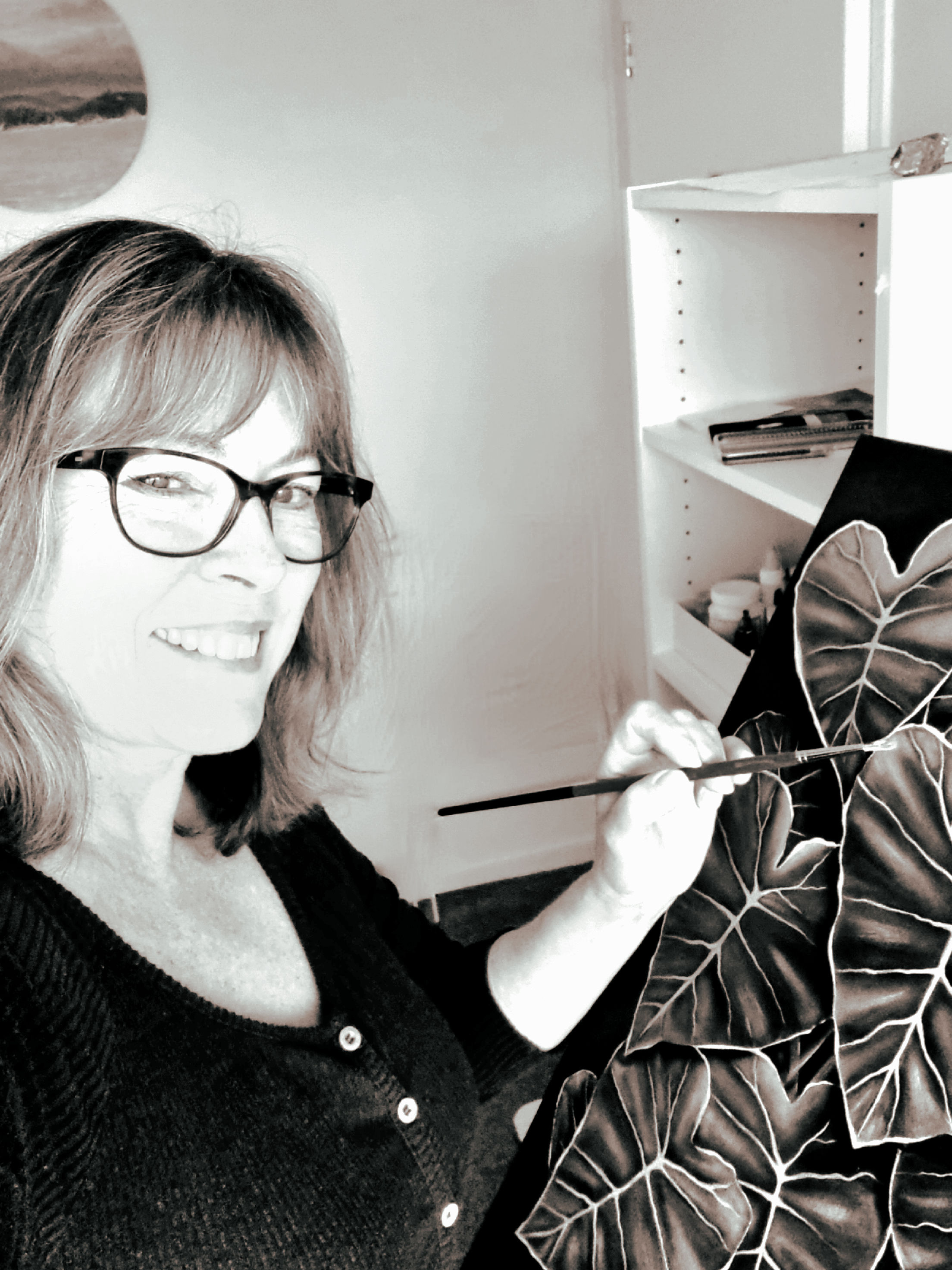Art Inspired by Coastlines and the New Zealand Dotterel
- Sue Lockett

- 4 days ago
- 3 min read
Introduction
The coast has always been a place of inspiration for me—a space where light and water meet land in ever-changing patterns. Through my art, I try to honour that dynamic beauty, painting not only what I see but also what I feel: the peace, the power, and the connection we share with these natural places.
Coastal Changes We Can’t Ignore
But the more time I spend observing and painting the coastline, the more I notice signs of change—sometimes quiet and gradual, sometimes striking. Stronger storms are reshaping the land. The relentless action of waves, combined with rising sea levels, has led to the loss of sand and soil. Trees lean in the wind, their roots exposed where sand once covered them.
The bird populations that once filled the skies with their song and graceful beauty - like the New Zealand dotterel - are now under severe pressure. The loss of habitat—driven by coastal development, rising seas, pollution, and human encroachment—has greatly diminished their nesting areas. At the same time, the steady decline in fish populations along our coasts adds another layer of pressure to an already fragile ecosystem. These changes are real, and they are happening now.
Painting the Dotterel – A Small Bird with a Big Story
One of the birds I’ve recently been painting is the New Zealand dotterel, or tūturiwhatu—a small, sandy-coloured shorebird that quietly nests just above the high tide line. They’re easy to miss, often blending into the dunes or standing still in the shimmer of heat on the sand. Once found more widely, their numbers have declined dramatically due to habitat loss, coastal development, disturbance from people and dogs, and introduced predators like stoats and cats. Today, there are only about 2,500 left. Classified as “At Risk – Recovering,” the dotterel is one of many native species hanging in a delicate balance, surviving thanks to ongoing conservation work and public care.
To me, the dotterel represents so much of what is fragile and precious about our coastlines. It lives close to the edge—literally and figuratively—raising its chicks in exposed places, vulnerable to even small changes in its environment.
I hope to finish this work in time for my upcoming exhibition, Coastal Tapestry, where it will sit alongside other pieces that honour the beauty of the coast and quietly ask us to look more closely, and care more deeply.
The Role of Art in Conservation
I believe art has the power to connect people emotionally to the environment. When someone stops to take in a scene—a sweep of sand, the shimmer of the sea, a single bird—it creates a moment of reflection. Through those moments, we can deepen our appreciation for nature and, perhaps, feel a greater responsibility to protect it.
What You Can Do
There are many organisations working to protect our coastlines and wildlife. If you feel inspired to support or learn more, here are a few doing important work:
Forest & Bird – advocating for native species and wild places across New Zealand
Department of Conservation – NZ Dotterel Info
Sustainable Coastlines – community beach cleanups, restoration, and education
Project Jonah – marine mammal rescue and ocean protection
Final Thoughts
Through Coastal Tapestry, I want to share both the visual beauty and the underlying stories of our coastline—stories of resilience, change, and stewardship. If we can each hold a little more awareness in our hearts and take small actions where we can, perhaps together we can help protect the places and species we love.






Comments